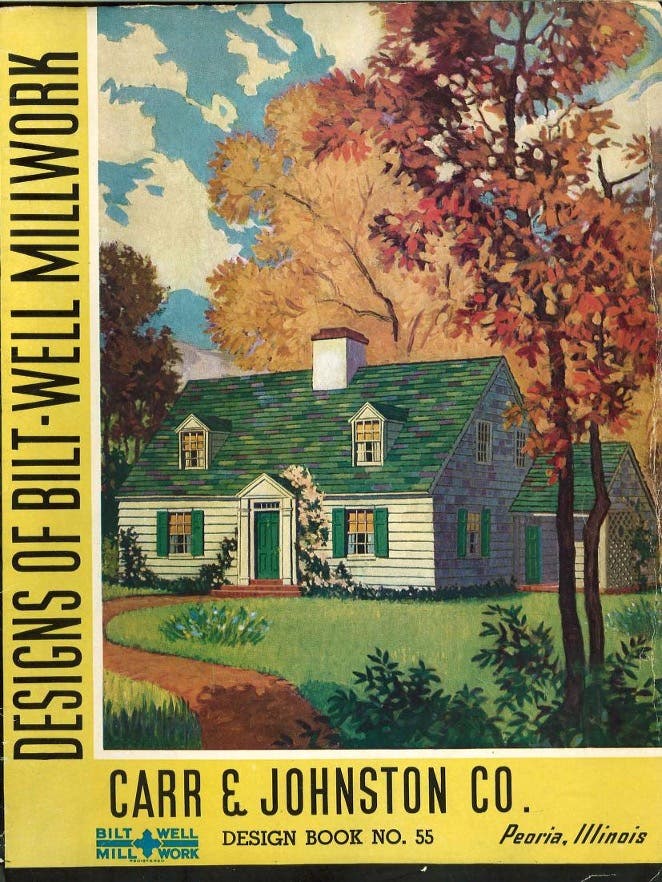
Mike Jackson
Building Technology Heritage Library: Millwork
North America was blessed with great forests, and our building traditions and culture have exploited wood for structural and decorative purposes. From the humble log cabin to the high Victorian “painted lady,” we have found ways to shape and fabricate wooden millwork to create the architectural character of the America home. The wooden clapboard was the most common exterior material for houses for several hundred years. Wood is still the principle structural material for single-family residential construction and the clapboard survives in design, but with a change of material. The focus of this exploration of wooden millwork will be the moldings and decorative features that gave much of the character to traditional houses. Wood was also used for windows and flooring, but these are topics for future explorations.
The Building Technology Heritage Library (BTHL) documents on millwork tell the stories of changing styles, finishes and character of woodwork, primarily in residential architecture. The earliest woodwork documents date from the mid-19th century and continue through the BTHL end period of 1963. There are a great variety of woodwork trade catalogs from the first third of the 20th century. This was a period of eclecticism in American architecture when the “Craftsman bungalow” and the “Colonial Revival” styles completed for popular attention. This style wars can be seen within the catalogs in both the character of the details and their descriptions. The term “craftsman” to describe millwork first appears around 1910 and is enjoying a revival today. The term “Colonial Revival” first appears in a BTHL document in 1890, another residential style that is still with us today.
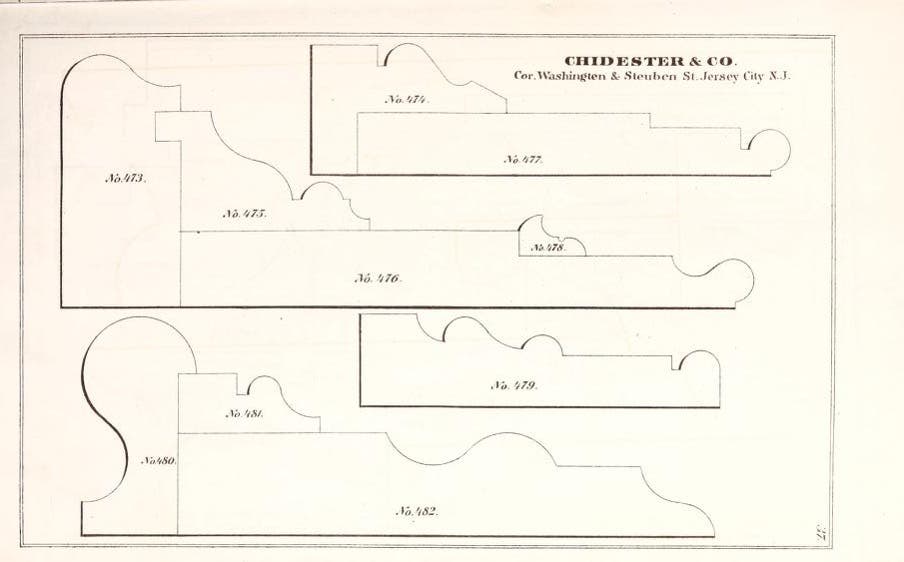

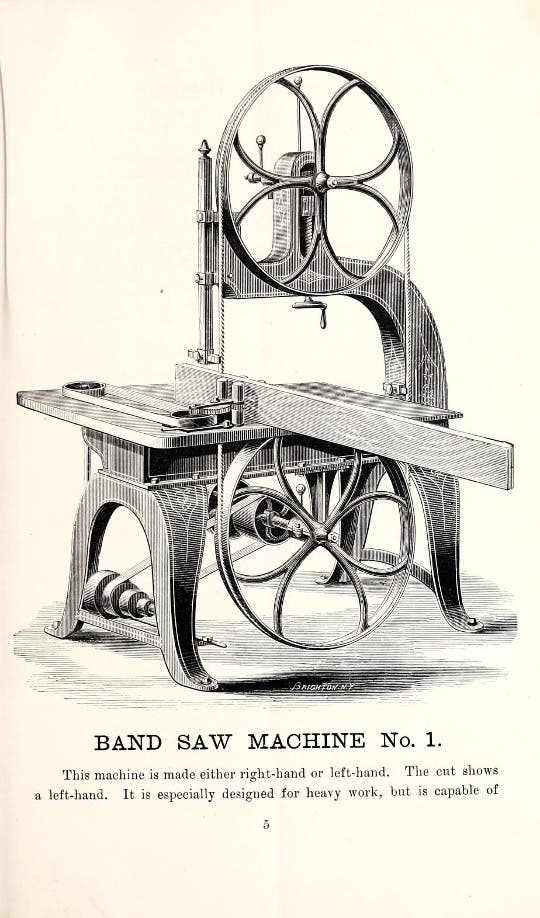

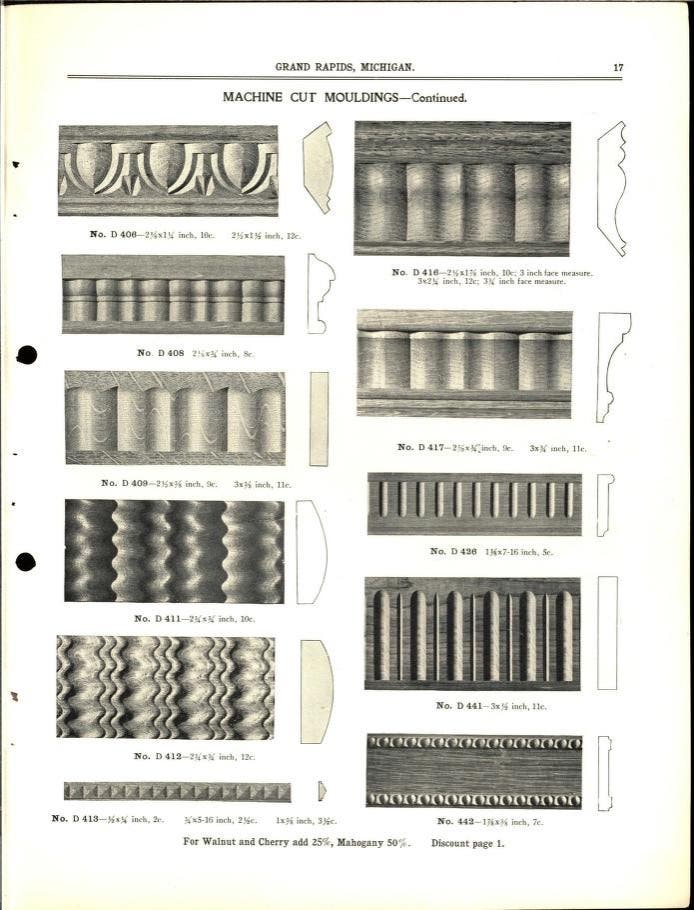
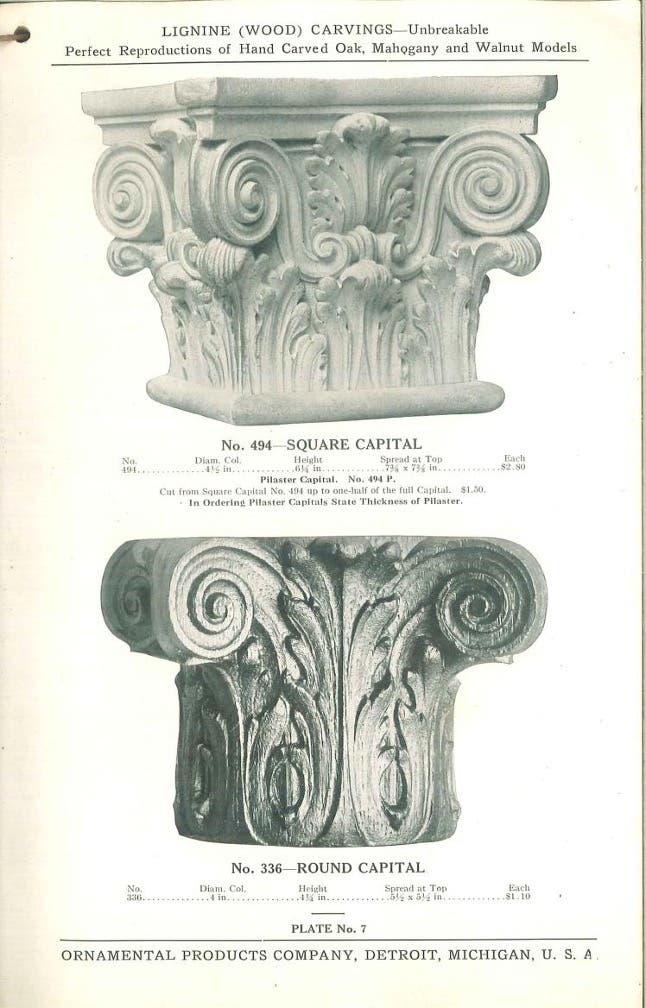
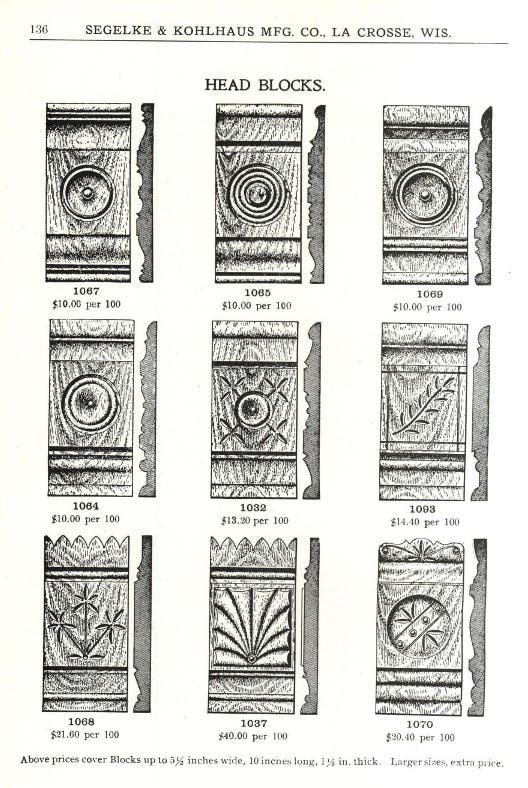

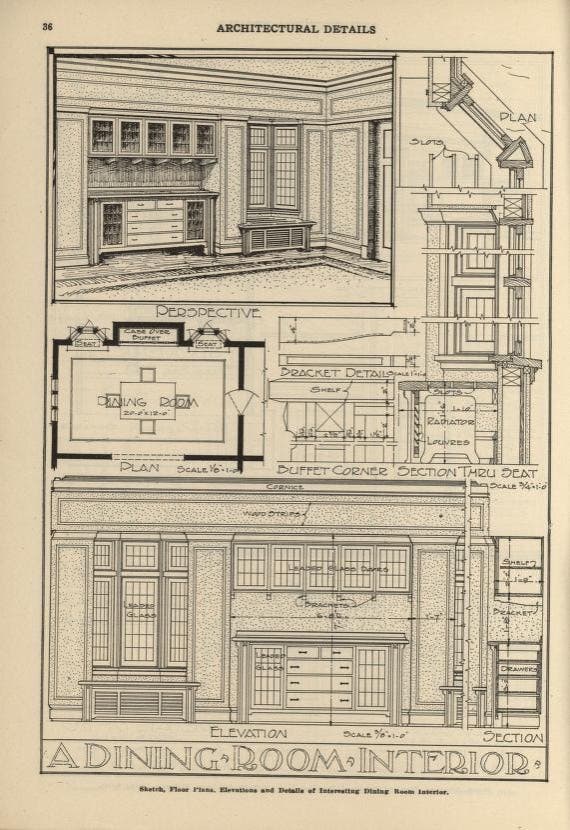


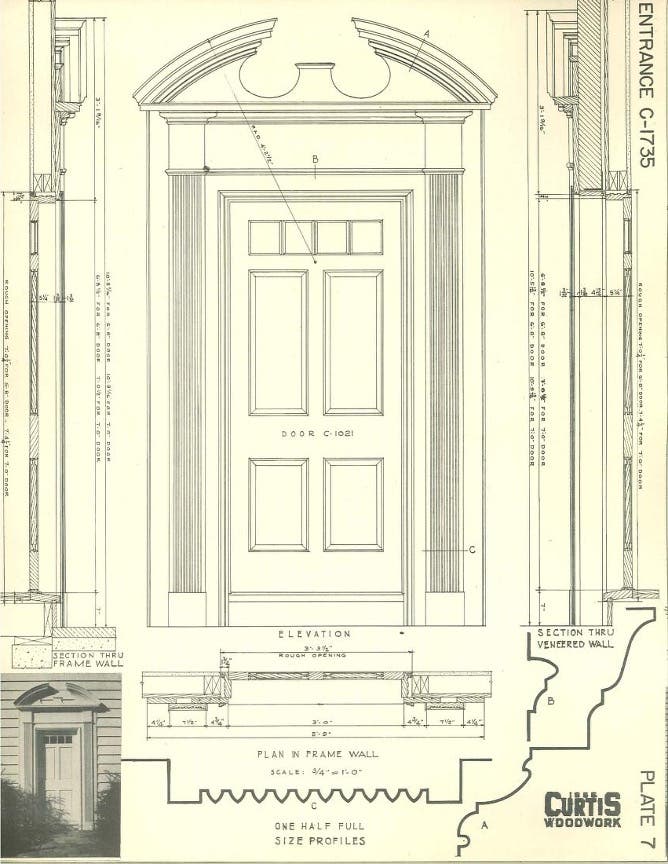

The character of woodwork has been studied and classified in a variety of ways but the shape is still the most common determinant. The “Victorian” millwork of the mid-19th century had a boldness to the baseboards and window surrounds that was a major characteristic. By the 1880s, advances in woodwork equipment and changing stylistic preference manifested by the Queen Anne and Eastlake styles resulted in a finer details in woodwork. The emphasis on the Colonial Revival starting in the late 19th century resulted in woodwork that was even more simplified and a preference for painted rather than natural finishes. The Craftsman style also resulted in a simplified and more square profiles in woodwork but with an emphasis on natural finishes and fine hardwoods such as oak. By the 1910s, all of these varieties of woodwork could be found in huge millwork catalogs as new items were added while older designs were still available.
The documents in the BTHL also tell the story of “prefabrication” as woodwork elements that would have been handmade on site in the 18th century were produced in factories with power tools. This feature includes one woodwork machinery catalog from 1884 that featured planers, band saws, circular saws, jig saw, joiners, shapers, and molding machines. Larger components such as balustrades, newel posts, brackets, and fireplace mantels could all be purchased as completed assemblies to be installed by “any good carpenter.”
The influence of the modern architectural movement starts to show up in the 1930s, primarily in kitchen design. Unlike other rooms in the house, the kitchen evolved more rapidly to changing technologies and sanitary concerns. The preference for smooth surfaces for cleaning matched well with the aesthetic of modernism and elaborate wood moldings disappear from the kitchen. The use of painted white trim and cabinetry became more common. The kitchen created from cabinet units starts to show up in the 1930s and is still with us today, with a much greater range of materials.
This exploration of woodwork reveals a history of changing architectural styles, production technologies, and consumer preference as revealed in the architectural trade catalogs of the BTHL. The character of the American home has been greatly shaped by its woodwork, a trend that still continues today.








